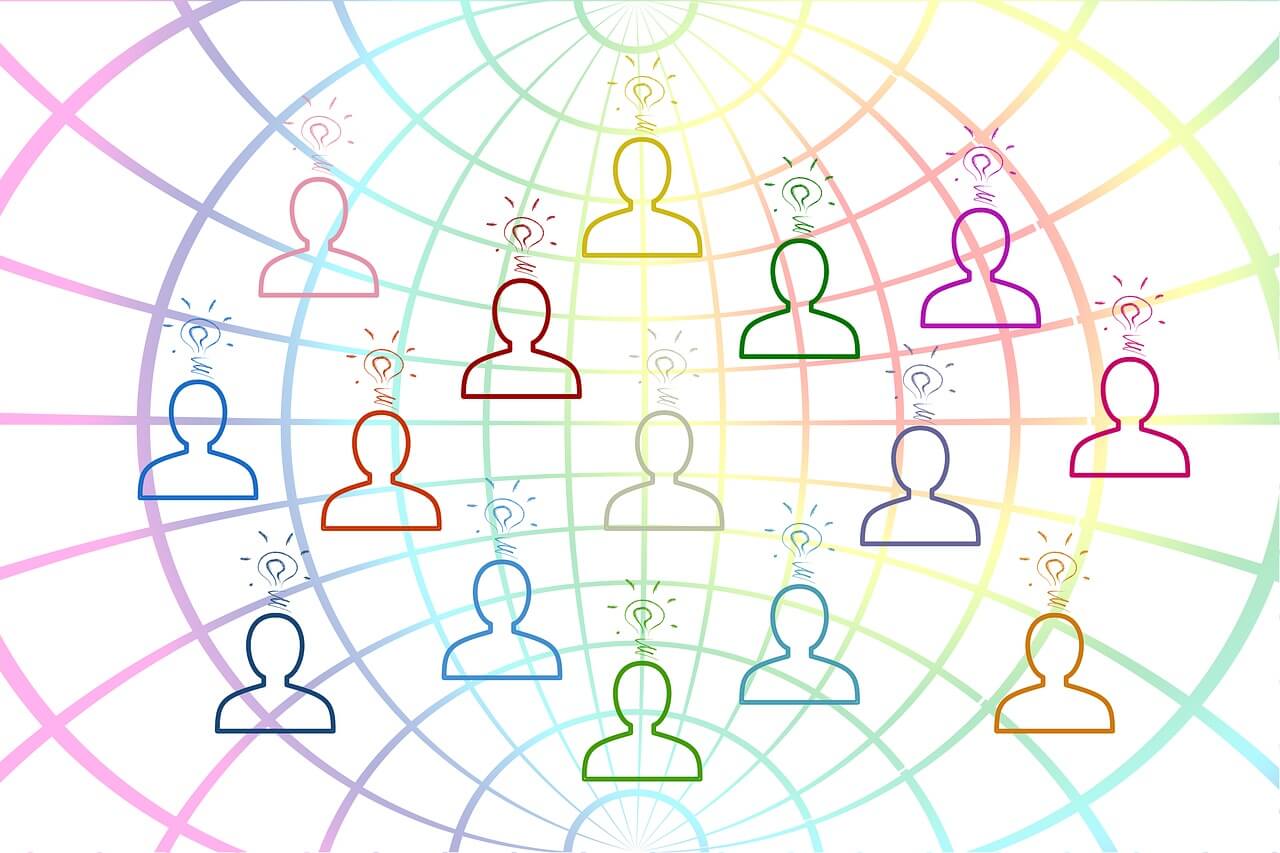Cheryl Cran, Keynote Speaker and Founder of NextMapping, works with leaders, teams, and entrepreneurs to anticipate trends and navigate the fast pace of change, building successful strategies for the future.
What is the difference between the “future of work” and what a “futurist” does?
Cran: What I have in common with a futurist is that we look out to the future at the trends, and at what those trends are going to do to impact business today, and then actually take it one step further, providing “how” to be future ready.
It’s not just looking at what’s happening with trends. It’s understanding how these trends apply to you and what you can do about them now. Through NextMapping, we offer coaching, online courses, consulting, and I also do a fair amount of keynote speaking on the subject.
What led you to start NextMapping?
Cran: I’ve been a business consultant for over two decades. Prior to that, I worked in finance and was a very successful leader at a very young age—I was in my first leadership position at age 23. As I progressed in my career, I interned with a firm called Kaizen Consulting; after about a year, they asked me to join them as a partner, and I was young, only about 33. I told my husband, who’s always been great with advice, and he said, “Why would you do that? Start your own firm!”
We started our consulting firm and I wrote my first book on communication in 2001, right after 9/11, so my entire consulting practice has been about helping individuals and businesses be future ready. In 2015, we worked to solidify that concept into one word, and that’s where NextMapping was born. NextMapping gathers “the future of work”, “futurist”, and “helping organizations be future ready” under one umbrella.

You work with companies of all sizes. What differentiates the Fortune 500 companies from a smaller company or entrepreneur?
Cran: When we work with a large Fortune 500, we’re talking about multinationals and we’re talking about thousands of employees. So their challenges are scaled. But the challenges are the same as an entrepreneur:
-
Competitiveness in the industry,
-
technology and trying to migrate to a unified cloud solution for all business, and
-
finding and keeping good people.
These are the three areas that all businesses have in common right now. Where large organizations are struggling is in being able to change quickly. For example, in response to COVID-19, an entrepreneur can turn on a dime and manage more easily around that, whereas a large, multinational organization is going to have to scramble to deal with the impact.
What trends do you see companies embracing and where are they lagging?
Cran: The timeliness of what’s happening right now with the coronavirus is definitely forcing a lot of change. We can’t predict the future, so how can we look to the potential future to help us make really informed decisions today? Regardless of the fact that we’re in this current situation, there will be future disruptions. The new normal is to become really comfortable with uncertainty.
In terms of technology, we’re seeing the impact of AI, but I don’t think companies are leveraging AI to its maximum capacity. Also, we’re just on the cusp of facial recognition; airports are using it now. But what if facial recognition could determine fever and if someone is infected without having to do any body testing?
We’re going to see massive breakthroughs in how technology will leverage how we’re going to do business in the future. Healthcare, for example, has to become more nimble. The industry has been avoiding integrated technology systems, and while it’s been something worked towards slowly, everything that’s now happening with COVID-19 is forcing it at a speed that’s unprecedented.
In terms of other trends that are impacting things: definitely people and the social change. Like how the different generations are choosing to work in new and different ways and how they’re rejecting authoritarian style businesses; the breaking down of the hierarchy and the patriarchy, and equalizing the gender parody, as well as diversity as a whole. While they’re social movements more than they are trends, I think all of those things are going to force change in businesses. And it’s already happening.

How has technology contributed to these social movements and trends?
Cran: In the last decade, social media has opened the dialog, but now I think we’re moving to true democracy in that we can see the power of multiple voices. But in many cases, businesses are still operating in silos.
To overcome this, the trend of crowdsourcing our employees and crowdsourcing our clients becomes the new normal. It informs decisions made for the benefit of people first. At this point, technology isn’t something we actively talk about; it becomes the enabler of these great connections between people.
Shared leadership is kind of an evolution beyond “holacracy”, a business structure with a shared leadership model that doesn’t have leadership titles, and instead, has rotating team leads. Everybody has to build their capacity to be critical thinkers. They’re not defined by a job description; they’re defined by efficacies and strengths.
It’s a very novel way to run a business. Because even looking at the example of remote working, if you don’t have self-accountable people doing remote work, we’re going to have a challenge.
Why would a shared leadership team be quicker to adopt new technologies?
Cran: If you’re in a shared leadership team, as an example, you’re not resisting AI because you think it’s going to take your job; you’re in a team that’s actually focused on the creative output required to leverage AI technology so that we can be better, faster, stronger as a team. It changes the narrative.
We’ve really been in a survival narrative with the current model of business. Now we’re shifting to self actualization or to that evolutionary Teal level where people need to look at the opportunities, not the challenges, of what we’re moving towards in business.
What do you think is the next big disruptor?
Cran: At NextMapping, when we talk about disruptors, we always talk about technology and people as the major disruptors. The reason that shared leadership is even something that’s currently evolving, is that regardless of our age, we are all shifting our attitudes about work.
For the baby boomers and the traditionalists, work was a survival mechanism. You had to make money to pay the bills, to buy the house. But socially and societally, everything is shifting towards shared ownership. For example, co-op cars or Uber or Airbnb or all the other companies and technologies that have made sharing the new economy.
The shared leadership model posits that one person holding all the answers is no longer safe for any organization. Shared leadership implies that we, as leaders, are okay with sharing power, sharing information, and trusting people collectively to help us make the most innovative decisions and innovative solutions. We know that this is the biggest disruption. But it means everything we’ve learned has to be unlearned.
As leaders, we’ve been taught that we have to have all the answers, we’ve got to take charge, we have to put people in their place, we have to discipline them. In shared leadership, the skills are: you have to inspire people, you have to be fully accountable, you have to be able to engage people in a dialog around what needs to happen. You need to take the time to slow down enough to listen to people.
Are companies embracing the ideas of people as a disruptor and shared leadership?
Cran: To be frank, this is the big disruption that I think a lot of companies have not really wrapped their heads around. We’re in a transition of structures that were created by the boomer generation. Change is one of the most psychologically difficult things for people to do. I feel that in our experience, the longer you’ve invested in a structure that has been beneficial to you, the less willing you are to let go of that structure! It’s not about age; it’s more about attachment to the outcome of what’s been in place.
I’m an absolute, avid believer in “you tell me”. As a keynote speaker, I do polling, I do texting, I do surveying. I want as much data as I can possibly get so that I’m not speaking to something that’s isolated from the audience.
Similarly, in business, I want that employee’s opinion. I want the client’s opinion. I want the supplier’s opinion. That’s going to give us a visual dashboard based on data that’s going to help us make really well-informed, strategic decisions that are not only going to help the business but are going to serve people. And we’re already seeing that now. Business is about employee experience and customer experience.
We believe that the focus needs to be on people first, and that technology is to be the enabler of creating extraordinary experiences for both employees and customers.
Named #1 Future of Work Influencer, Cheryl is a Hall of Fame Keynote Speaker and the author of the best seller, NextMapping – Anticipate, Navigate and Create the Future of Work, in addition to five other books on business and leadership. Find out more about how to be future ready now with NextMapping.
Do you have experience with shared leadership? Join the conversation and leave us a comment below.
Photos: Rodolfo Clix, Gerd Altmann, Pixabay






